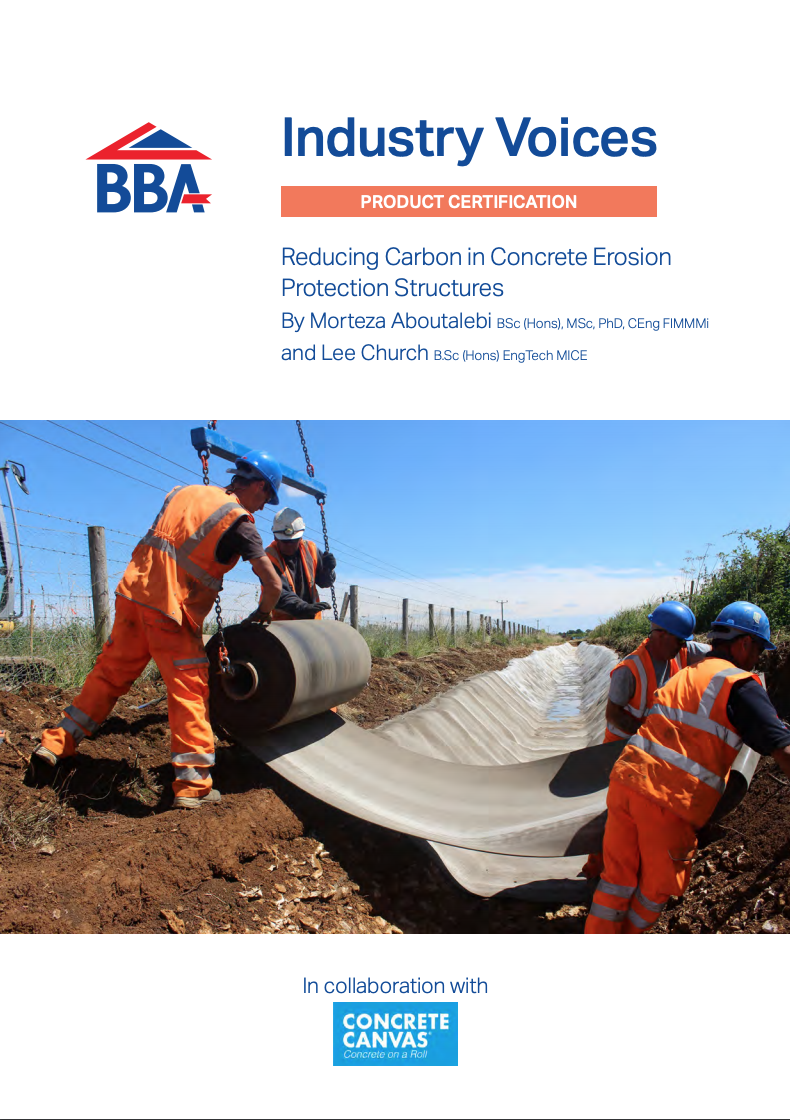Building of the Future: Construction’s mandate to keep up with societal needs in a changing world
Duration:
Approx. 60 mins
Presenters:
Eva Magnisali – Founder @ DataForm Lab
Gabriela Medero – Professor of Geotechnical and Geo-Environmental Engineering @ Heriot-Watt University and Co-Founder of kenoteq
Trudi Sully – Impact Lead @ Mott MacDonald
Approx. 60 mins
Presenters:
Eva Magnisali – Founder @ DataForm Lab
Gabriela Medero – Professor of Geotechnical and Geo-Environmental Engineering @ Heriot-Watt University and Co-Founder of kenoteq
Trudi Sully – Impact Lead @ Mott MacDonald

According to the Construction Skills Network (CSN) report published by the CITB in June 2022, over 50,000 additional workers will be required annually to meet the UK construction demand by 2026. Add to that the significant increase in cost of materials, the continued skills shortage, legislation and environmental drivers to hit targets and deliver more, quicker, and for less, it’s no surprise that the British construction space is feeling more pressure than it has been in a long time.
The current housing stock in the UK is some of the oldest in the modern world, much of which is built with materials that are difficult to recycle; current builds producing enormous levels of waste compounding the problem. Housing prices continue to escalate; in a consumer market where affordability was already a challenge, many not even able to get onto the housing market at all.
In this world of flux, innovation is a driver; we hear about Modern Methods of Construction (MMC) as an alternative, but it doesn’t appear to have influenced the industry at the same rapidity as first expected. And yet, our industry continues to be a source of innovation to cope with today’s challenges, while planning for tomorrow. Technologies such as BIM and CAD assist in designing and visualising projects before the first shovel has dug into the ground. Dependency on technology is becoming common-place, uncovering inefficiencies through digital technology – having a dramatic effect on the drive for more artificial intelligence in decision-making, than ever before.
We stand at the precipice of change; change that requires us to take a different approach through the way we interact with the buildings we’ve constructed. And yet, how do we ensure we keep up with the evolution. How do we ensure we keep up not only with what buildings of the future will look like, but more so, how they will be required to be built, maintained, and used.
What you’ll discover in this session;
– An overview of the state of the UK buildings today
– A view of continued challenges around today’s building methods
– An overview of the types of changes we’re seeing in the way we build
– Critical factors driving the changes in the way we build
– A prediction around how buildings of the future might differ from those of today
– The steppingstones required by Construction to address and challenge; building for tomorrow
– Q&A
*The information contained in this webinar is correct to the best of the knowledge of the participants at the time of its recording, however comments are informal. Please seek legal advice before relying on it in terms of determining actions. The BBA and participants accept no liability for decisions made on the basis of such informal discussion.
Share This Story, Choose Your Platform!
Related Webinars
Building of the Future: Construction’s mandate to keep up with societal needs in a changing world
Duration:
Approx. 60 mins
Presenters:
Eva Magnisali – Founder @ DataForm Lab
Gabriela Medero – Professor of Geotechnical and Geo-Environmental Engineering @ Heriot-Watt University and Co-Founder of kenoteq
Trudi Sully – Impact Lead @ Mott MacDonald
Approx. 60 mins
Presenters:
Eva Magnisali – Founder @ DataForm Lab
Gabriela Medero – Professor of Geotechnical and Geo-Environmental Engineering @ Heriot-Watt University and Co-Founder of kenoteq
Trudi Sully – Impact Lead @ Mott MacDonald

According to the Construction Skills Network (CSN) report published by the CITB in June 2022, over 50,000 additional workers will be required annually to meet the UK construction demand by 2026. Add to that the significant increase in cost of materials, the continued skills shortage, legislation and environmental drivers to hit targets and deliver more, quicker, and for less, it’s no surprise that the British construction space is feeling more pressure than it has been in a long time.
The current housing stock in the UK is some of the oldest in the modern world, much of which is built with materials that are difficult to recycle; current builds producing enormous levels of waste compounding the problem. Housing prices continue to escalate; in a consumer market where affordability was already a challenge, many not even able to get onto the housing market at all.
In this world of flux, innovation is a driver; we hear about Modern Methods of Construction (MMC) as an alternative, but it doesn’t appear to have influenced the industry at the same rapidity as first expected. And yet, our industry continues to be a source of innovation to cope with today’s challenges, while planning for tomorrow. Technologies such as BIM and CAD assist in designing and visualising projects before the first shovel has dug into the ground. Dependency on technology is becoming common-place, uncovering inefficiencies through digital technology – having a dramatic effect on the drive for more artificial intelligence in decision-making, than ever before.
We stand at the precipice of change; change that requires us to take a different approach through the way we interact with the buildings we’ve constructed. And yet, how do we ensure we keep up with the evolution. How do we ensure we keep up not only with what buildings of the future will look like, but more so, how they will be required to be built, maintained, and used.
What you’ll discover in this session;
– An overview of the state of the UK buildings today
– A view of continued challenges around today’s building methods
– An overview of the types of changes we’re seeing in the way we build
– Critical factors driving the changes in the way we build
– A prediction around how buildings of the future might differ from those of today
– The steppingstones required by Construction to address and challenge; building for tomorrow
– Q&A
*The information contained in this webinar is correct to the best of the knowledge of the participants at the time of its recording, however comments are informal. Please seek legal advice before relying on it in terms of determining actions. The BBA and participants accept no liability for decisions made on the basis of such informal discussion.
Share This Story, Choose Your Platform!
Related Webinars
Get in touch
Please complete the form below and we will contact you as soon as possible.
To help us to respond to your inquiry as quickly as possible, we have put a handy list of our services below.

